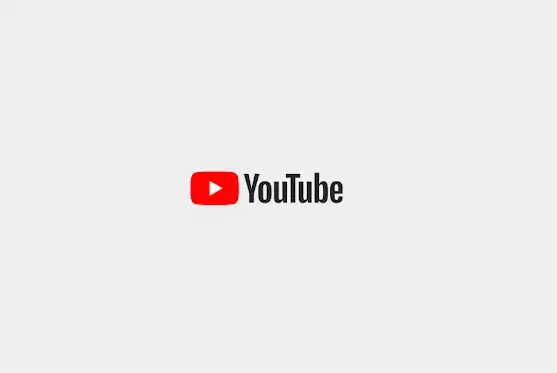YouTube is taking steps to ensure a safer online environment for young users. In conjunction with Safer Internet Day, the platform has implemented several updates aimed at protecting vulnerable individuals from potentially harmful content. These measures include enhancements to the in-stream “Take a Break” prompts, broader content restrictions, and the release of a collaborative report on digital wellbeing. By implementing these initiatives, YouTube aims to promote a healthier online experience for young viewers.
Take a Break Reminders
To address concerns surrounding excessive screen time, YouTube has introduced the “Take a Break” feature. Aimed at promoting healthy app usage habits, the tool reminds users to be mindful of the time spent on the platform. Previously available in limited regions, this feature has now been expanded globally. The reminders will appear as full-screen alerts during both short and long-form videos, ensuring that users are aware of their screen time.
Moreover, the default trigger setting for Take a Break has been set to 60 minutes, encouraging users to take breaks at regular intervals. Additionally, autoplay is disabled by default for teenagers and supervised accounts, preventing continuous video consumption that could potentially be harmful.
YouTube acknowledges the responsibility of safeguarding vulnerable users, particularly teenagers. Working in collaboration with its Youth and Families Advisory Committee, the platform has introduced enhanced content restrictions in order to protect young viewers. Specifically, the focus is on limiting the recommendations of videos related to certain categories that may be problematic if repeatedly consumed.
Content categories such as physical comparison and real-world social aggression are now subject to restrictions. Physical comparison content that idealizes certain physical features, fitness levels, or body weights is restricted to prevent negative body image issues. Moreover, videos showcasing non-contact fights or intimidation, categorized as real-world social aggression content, are also included in these restrictions.
Initially introduced in the United States, these limitations will soon be rolled out to additional countries in the coming years, ensuring a safer environment for teenage users worldwide.
In collaboration with esteemed organizations like the World Health Organization (WHO) and the British Medical Journal (BMJ), YouTube has released an informative report promoting appropriate mental health content for teenagers. This report outlines vital principles and communication strategies that can guide creators in producing content that promotes mental wellbeing.
YouTube understands the importance of providing parents with the tools to manage and protect their children’s online experience. However, it is crucial to acknowledge that children raised in the digital age are adept at circumventing these protective measures. Therefore, it is essential for parents to familiarize themselves with the various tools and resources YouTube offers in order to ensure their child’s safety on the platform.
YouTube’s commitment to creating a safer environment for young users is commendable. By expanding safety measures such as Take a Break reminders, content restrictions, and releasing the collaborative digital wellbeing report, the platform aims to prioritize the mental health and wellbeing of its teenage viewers.
While these measures are a step in the right direction, it is crucial for parents to remain actively involved in their children’s online activities and educate them about appropriate online behavior. Ultimately, the collective effort of platforms, parents, and users themselves will contribute to a safer and more positive online experience for all.


Leave a Reply